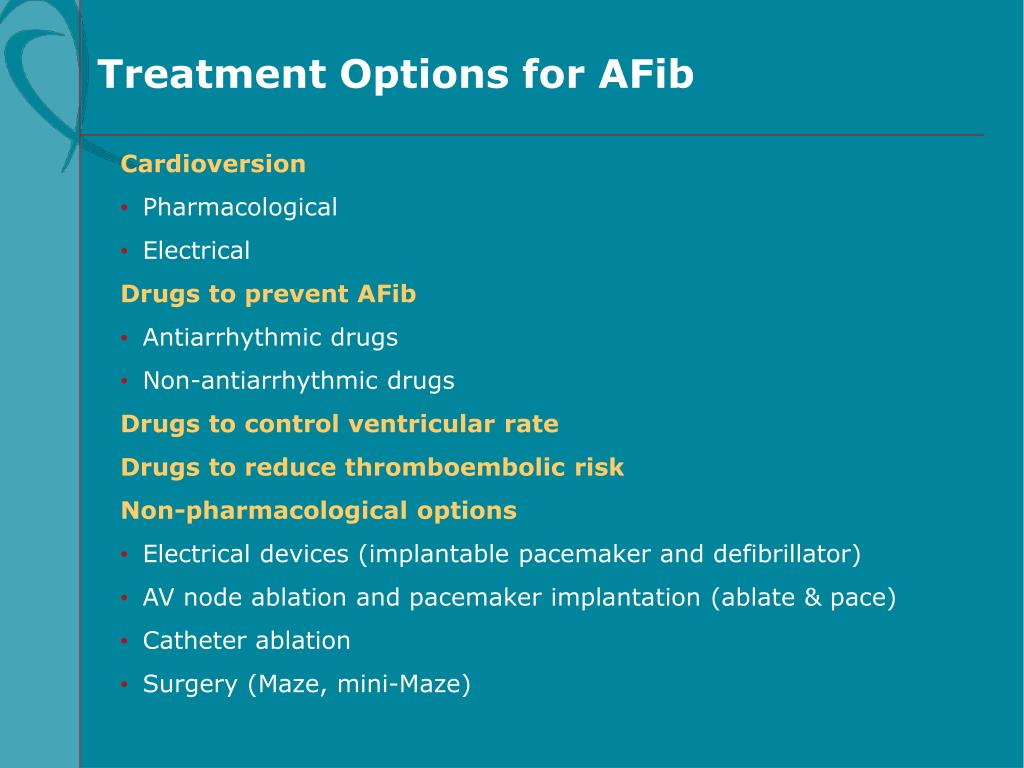Afib treatment options clinical section management ii ppt powerpoint presentation
Today, we are going to explore the world of supraventricular arrhythmias and delve into the various treatment options available. So, sit back, relax, and let's dig into this fascinating topic!
Supraventricular Arrhythmias
Supraventricular arrhythmias refer to a group of abnormal heart rhythms that originate above the ventricles, the lower chambers of the heart. These arrhythmias can cause irregular heartbeats, palpitations, and at times, even more severe symptoms. Luckily, there are several treatment options available to help manage and control these arrhythmias.
Treatment Options
Option 1: Medications
One common treatment approach for supraventricular arrhythmias involves the use of medications. These medications work by regulating the electrical impulses in the heart, helping to restore a regular heartbeat. Your healthcare provider will determine the most suitable medication for your specific condition and monitor your progress closely.
Now, let's move on to the next treatment option!
Option 2: Catheter Ablation
If medications alone are not providing satisfactory results, catheter ablation may be recommended. During this procedure, a thin, flexible tube is inserted into a blood vessel and guided to the heart. The purpose of catheter ablation is to target and destroy the abnormal tissue responsible for the arrhythmia. This procedure can be highly effective in restoring a normal heart rhythm.

Tips for Managing Supraventricular Arrhythmias
While treatment options can significantly help in managing supraventricular arrhythmias, there are additional steps you can take to support your overall heart health:
- Adopting a heart-healthy diet rich in fruits, vegetables, and whole grains
- Maintaining a regular exercise routine, as advised by your healthcare provider
- Quitting smoking and limiting alcohol consumption
- Managing stress levels through techniques like meditation or yoga
- Continuously monitoring your heart rhythms and reporting any changes to your healthcare provider
Conclusion
Now that we have explored the treatment options for supraventricular arrhythmias, it is essential to remember that each person is unique, and the most suitable treatment plan will vary. Always consult with your healthcare provider to discuss the best course of action for your specific condition. With the right treatment and lifestyle modifications, managing supraventricular arrhythmias is possible, allowing you to live a healthier and happier life!
Disclaimer: The data used in this article is for illustrative purposes only and does not represent a medical opinion or recommendation.